All About Warbler Nests
The different New World warbler species have a lot in common with each other. They mostly feed on insects, they sing, they raise their young. But the nests they use have some variety. Some nest in trees, and some nest on or near the ground. They build cups, pendulums, and even ovens! Here are some different examples of New World warbler nests.
Many warblers nest in trees. Yellow Warblers build a cup out of vegetation in the fork of a tree or bush. The inside of the nest is lined with soft material like hair and feathers. Black-throated Gray Warblers also nest in trees, often building their cup nest on a horizontal branch.
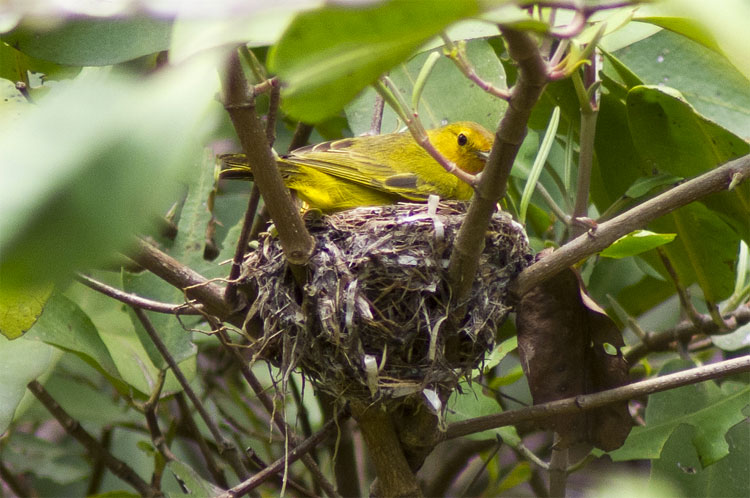
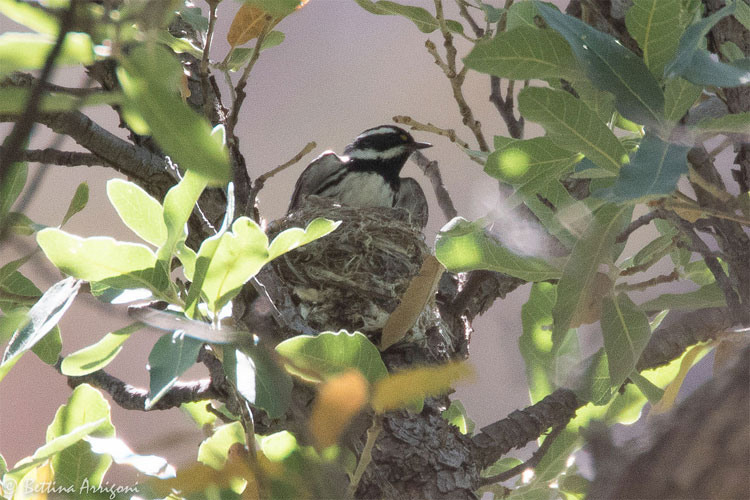
Some warblers nest on the ground. Kirtland's Warblers, for example, build an open cup in a depression on the ground.
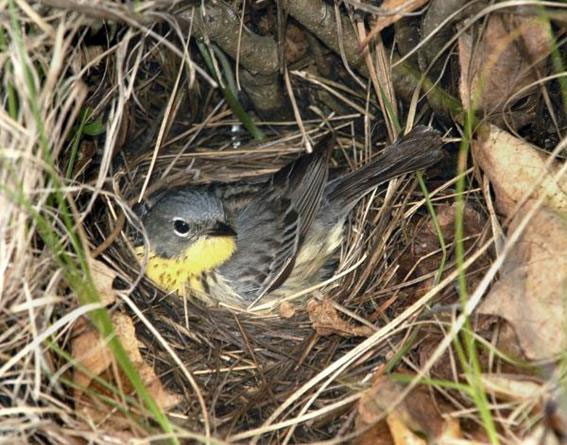
Common Yellowthroats build their nests in reeds, cattails, sedges, and other low plants, often by water or in marshy habitat.
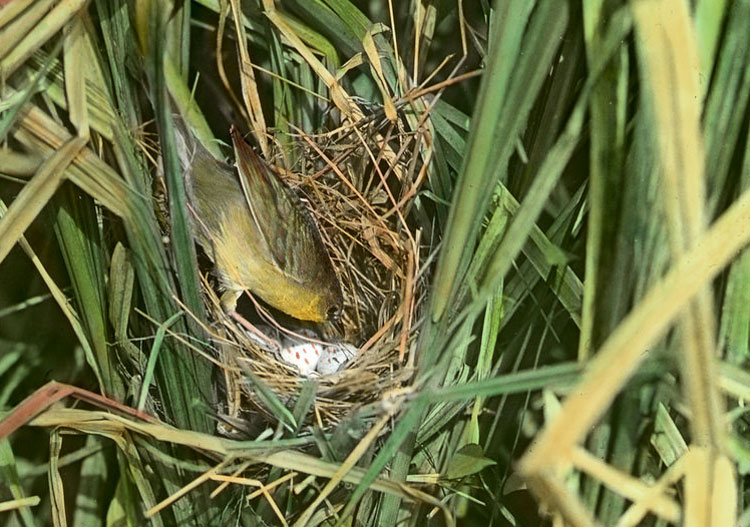
Ovenbirds nest on the ground. They are actually named for their nest, an oven-like dome made of woven grasses with a side-entrance.
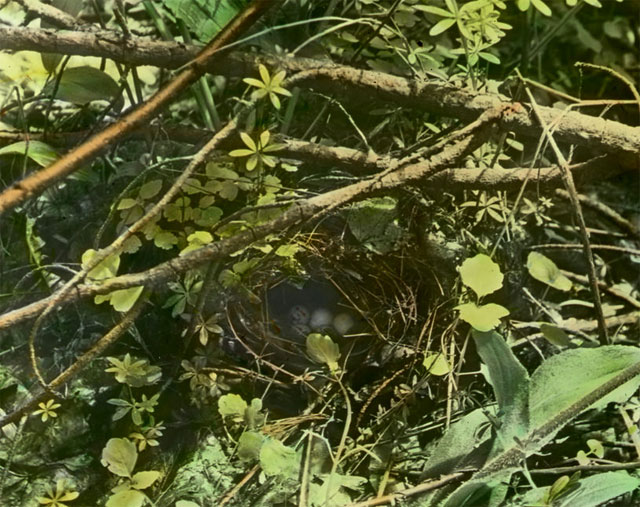
The Northern Parula constructs a pendulum nest in hanging vegetation like Spanish moss.
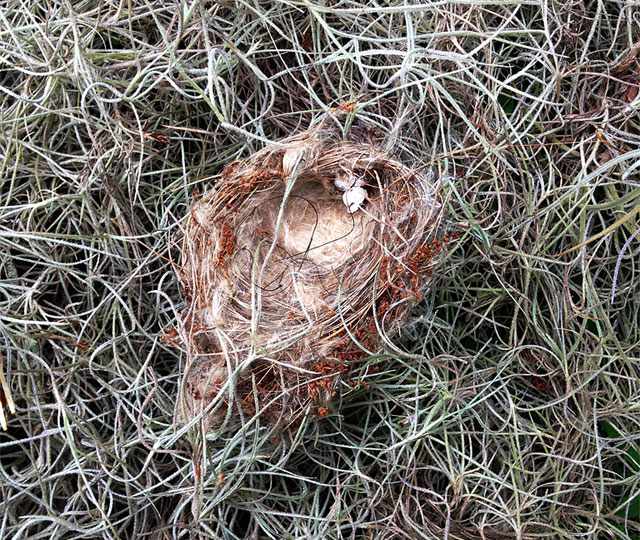
The Prothonotary Warbler is the only eastern New World warbler to use cavities for nesting. They will use old Downy Woodpecker holes or other natural cavities, and will also readily use artificial nest boxes. The other warbler species to nest in cavities is Lucy's Warbler of the west. They use holes made by woodpeckers or other birds in tree trunks or cactus plants. They will also use artificial nesting cavities.
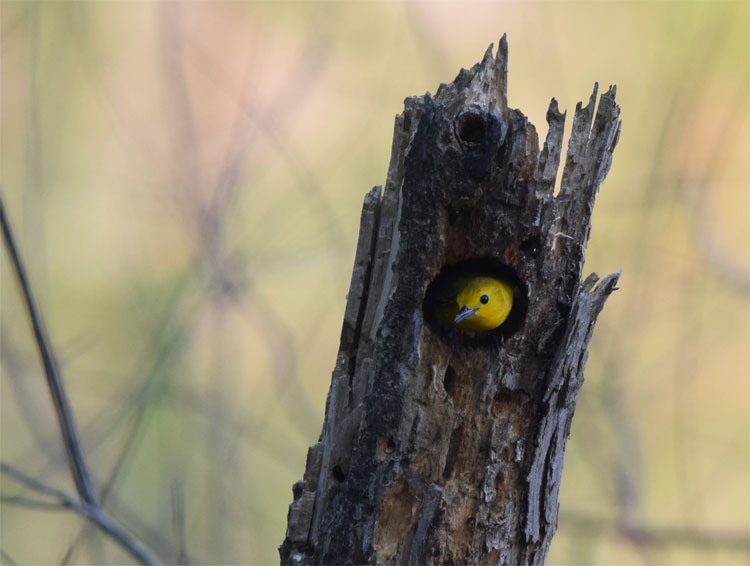





Comments
Leave a comment
Thank you!